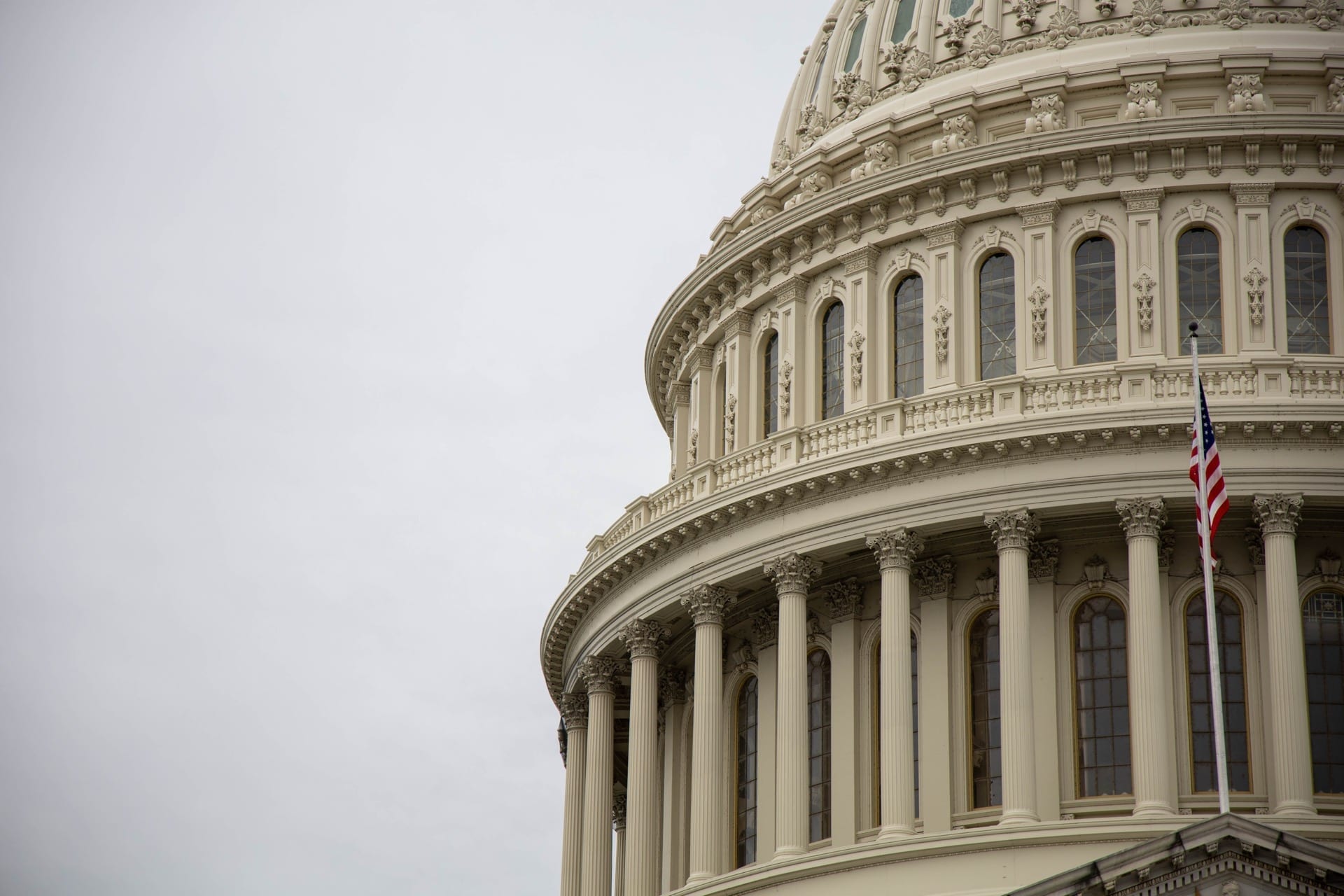Earlier this year, the Roosevelt Institute released its Rewriting the Rules economic agenda crafted by Nobel Prize winning economist Joseph Stiglitz. What it offered sounded like a new common sense: the economy is governed by underlying rules; they are a choice and we have the power to change them. But can this serious formulation win the intellectual argument with elites and the public, can its bold policies win acceptance, can the resulting political messages defeat opponents and energize and motivate a disaffected citizenry? Since the report’s well publicized release, the Roosevelt Institute has partnered with Democracy Corps to determine whether its Rewriting the Rules analysis and recommendations were actionable in the short and long-term.
This research is unique because we are not testing policies developed by pollsters or advocacy groups. We tested policies that the Roosevelt economists believe would be effective levers in changing the rules of the economy and producing a broadly shared economic growth. Well, it is now clear, the public embraces that agenda, while the conservative economists’ agenda is barely credible.
After hearing a candidate’s pointed message attacking trickle down economics and promising to level the playing field for the middle class and America, the disengaged get more engaged and voters get more supportive of that leader. But that campaign context understates the possible moment and opportunity. The public is ready to repudiate trickle down economics, the most important intellectual idea since Reagan, and turn away from its attendant conservative policies. It is also ready to embrace the intellectual framework and bold policy options necessary for America to achieve inclusive growth. The scale of support for these disruptive changes suggests we may be going into a distinctive period. The 1910 and 1912 national elections created momentum for progressive reform; 1932 and 1936 elections brought the New Deal; 1980 and 1984 elevated market individualism, deregulation and low top income tax rates; Ross Perot in 1992 and the conservative surge in 2008 and 2010 elevated worries about the national debt and austerity.
The Roosevelt narrative and policies were crystallized as a ‘Level the Playing Field’ progressive message, and it is electorally compelling. It gets a stronger and more intense response than the conservative one. It leads the disengaged to be more engaged, particularly the target audiences of the new American majority. It also produces much stronger results than a mainstream progressive message that is silent on inequality and proposes modest changes. Roosevelt’s message has the virtue of energizing the base, without diminishing its appeal to independents and swing working class voters. At the end of the survey, the big ideological debate, the bold policies, and competing Roosevelt and conservative messages energized the Rising American Electorate of racial minorities, unmarried women and Millennials who could comprise 55 percent of the voters in 2016.
The first phase of research included six focus groups in Atlanta, Denver, and Cleveland among African American women, Latino men, the white college-educated and working class men and women.[1] After the focus groups, we conducted a national survey of 900 likely 2016 voters.[2] It included an elaborate experimental design that measured how the Roosevelt formula tested against a conservative economic posture, as well as against a more mainstream progressive one that did not address inequality.
The results reported here will lead one to consider: what is the scale of opportunity in the elections ahead?
- The core principles and rules in the Rewriting the Rules report have huge levels of intense support with the public. More than 80 percent agree and nearly 60 percent ‘strongly’ agree that “the rules of the economy matter and the top 1 percent have used their influence to shape the rules of the economy to their advantage.” And an intense majority of 54 percent strongly agrees that “leveling the playing field” for working Americans and small businesses would bring greater economic growth and rising incomes.
- Conservative economic principles are greeted skeptically, to say the least. The country only splits evenly on whether regulations of big business end up hurting small businesses and jobs. And the term trickle down is greeted negatively by two-to-one (45 to 21 percent) of the public and across all ages and classes.
- In this survey, the non-emotive term, CEOs of large businesses are viewed very negatively; indeed, two to one negative (45 percent coolly and only 25 percent warmly).
- The current conservative economic narrative is barely competitive with the Roosevelt rewriting the rules narrative. The former narrative uses the language of prominent conservatives and Republicans, focusing heavily on big government, regulation and spending that is strangling the economy. But the Roosevelt economic narrative is viewed as more convincing by a 12-point margin (73 to 61 percent).
- The more the Roosevelt and conservative economic narratives are debated, the bigger the civic effects and greater the political advantage for the party aligned with it. Those respondents who heard this ideological debate (one half of the respondents) rated the Roosevelt messages at the end survey 5 points higher, compared to those who heard no such debate. That suggests the more these economic ideas are put front and center, the higher the support for change in the political domain.
- The level of support for the Roosevelt economists’ recommendations to progressive leaders suggests a public ready for serious changes across a broad range of areas. Nearly 80 percent of people polled see the top policies as effective. And the level and intensity of support are, remarkably, about 20 points higher than for the policies advanced by conservative economists for the Republican presidential candidates.
- The broad agenda prioritized by the public includes policies that seek to reform politics and campaign funding, help working families, invest in infrastructure, increase taxes on the top 1 percent to support investment, help independent contractors and small businesses, and address CEO pay and corporate governance.
- The public is more supportive of these policies when the agenda starts with reforming the corrupt system of financing politics. A sophisticated public believes that the richest individuals and corporations are using their money to write the rules of the economy. Thus, they see the most effective economic policies as ones that bar secret money, require immediate disclosure, bar corporate contributions and empower small donors.
- By contrast, the public views the policies that dominate the Republican Congress and presidential debates as least effective: only a third of the public believe reducing regulations produced by unelected bureaucrats, repealing and replacing Obamacare, and closing our borders to protect workers would be very effective in bettering the economy. The current conservative economic policy agenda barely seems relevant to the public
- The Level the Playing Field progressive message scorns trickle down, seeks an economy that works for the middle class, seeks to stop the toxic influence of corporate money, and seeks to level the playing field so we can grow the middle class and America again. It gets a dramatically more positive reception than a very realistic conservative message. This progressive message scores 12 points better overall.
- The Level the Playing Field Democratic message performs dramatically better than a mainstream Democratic message with self-identified Democrats and, the critical swing group, white working class voters. It is more motivating for Millennials, and it performs equally well with independents. The mainstream message, which does not mention inequality or tax increase on the wealthy, is only competitive because Republicans rate it 12 points higher than one that seeks to level the playing field.
- The percent choosing 10, the highest level of interest, jumped 17 points among racial minorities, 11 with off-year drop-off voters, 11 points with the Rising American Electorate, 12 with unmarried women, and 11 with Millennials.
Presented below are the narratives, policies and messages that emerged in this first phase of research for the Roosevelt Institute.



[1]Greenberg Quinlan Rosner, on behalf of Democracy Corps and the Roosevelt Institute, conducted 6 focus groups: African American women and college educated men in Atlanta, Georgia on July 20th, college educated women and Hispanic men in Denver, Colorado on July 22nd, and white non-college educated women and white non-college educated men in Cleveland, Ohio on July 23rd.
[2]Greenberg Quinlan Rosner, on behalf of Democracy Corps and the Roosevelt Institute, conducted a national survey of 900 likely 2016 voters from September 12-16, 2015. The survey consists of respondents who voted in the 2012 election, or registered since, and were selected from the national voter file. Likely voters were determined based on stated intention of voting in 2016. Margin of error for the full sample is +/-3.27 percentage points at 95% confidence. Margin of error will be higher among subgroups.



